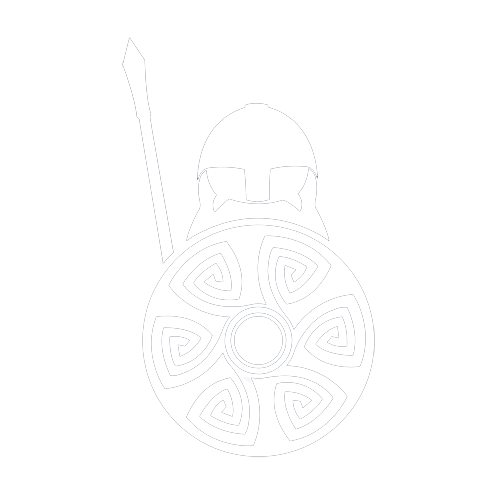Dover Castle
Dover Castle, located in the English county of Kent, sits on top of the famous White Cliffs of Dover. It is one of the most iconic and historically significant fortifications in the country. The castle has served as a symbol of England's strength and resilience throughout the centuries, standing guard over the narrowest point of the English Channel, a spectacular vantage point for any castle, serving as a vital line of defence against foreign invaders.
Introduction to Dover Castle
The castle's history can be traced back to the Roman era, when it was used as a lighthouse to guide ships into the English Channel. However, it was during the Middle Ages that the castle truly came into its own, playing a key role in the country's political and military landscape.
Over the centuries, Dover Castle has undergone many changes, with each new owner adding their own architectural and strategic improvements to the fortress. Despite this, the castle remains one of the best-preserved medieval fortresses in England, and is now a popular tourist attraction, attracting visitors from all over the world who are eager to learn more about its rich history.
The Early History of Dover Castle
The earliest recorded history of Dover Castle dates back to the Iron Age, where it is believed that a hill fort was constructed on the site. This hill fort was later occupied by the Romans, who used it as a lighthouse, known as the Pharos, and military fortress to control the surrounding area and ensure the security of their supply routes. The lighthouse was one of the tallest in the Roman world and could be seen for miles around, making it an important landmark for ships approaching England.
The castle's strategic location made it a target for invading forces, and it was destroyed by Germanic tribes during the 5th century. However, the castle was soon rebuilt, and by the 11th century, it had become a significant military stronghold, guarding the entrance to the English Channel.


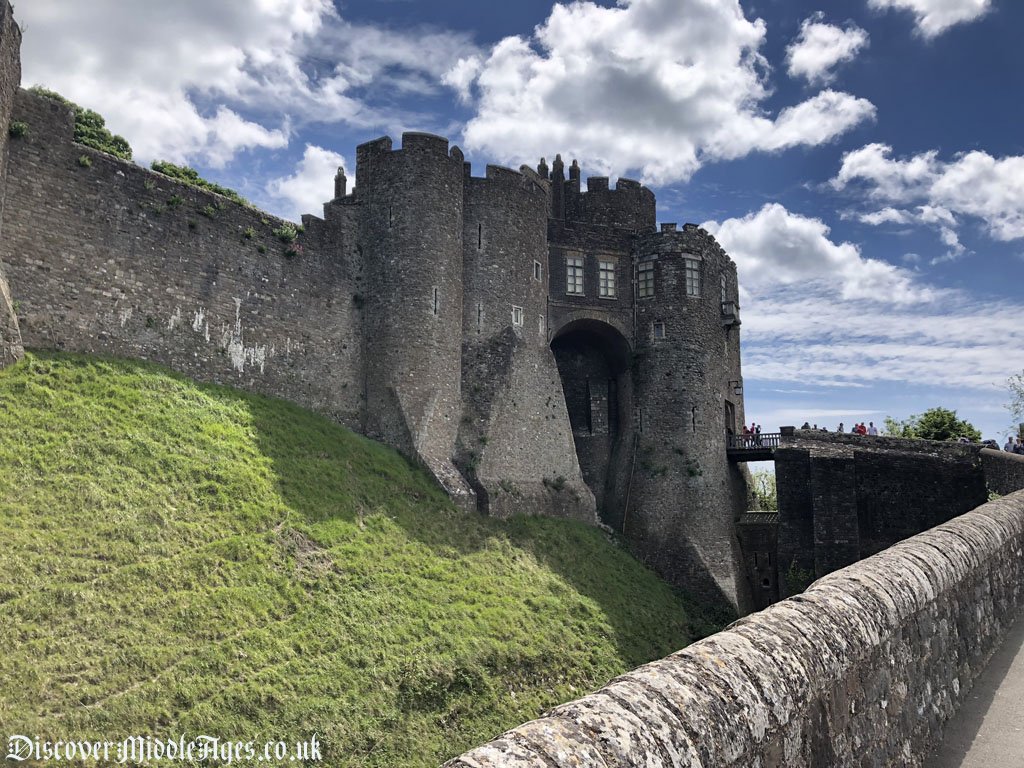
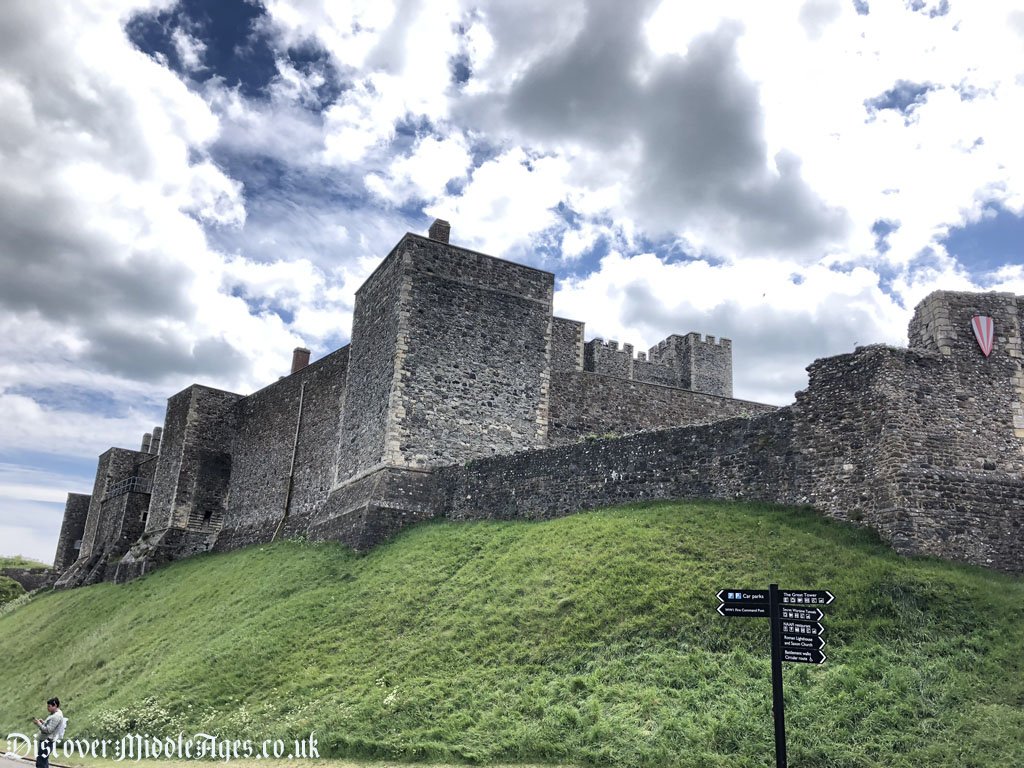

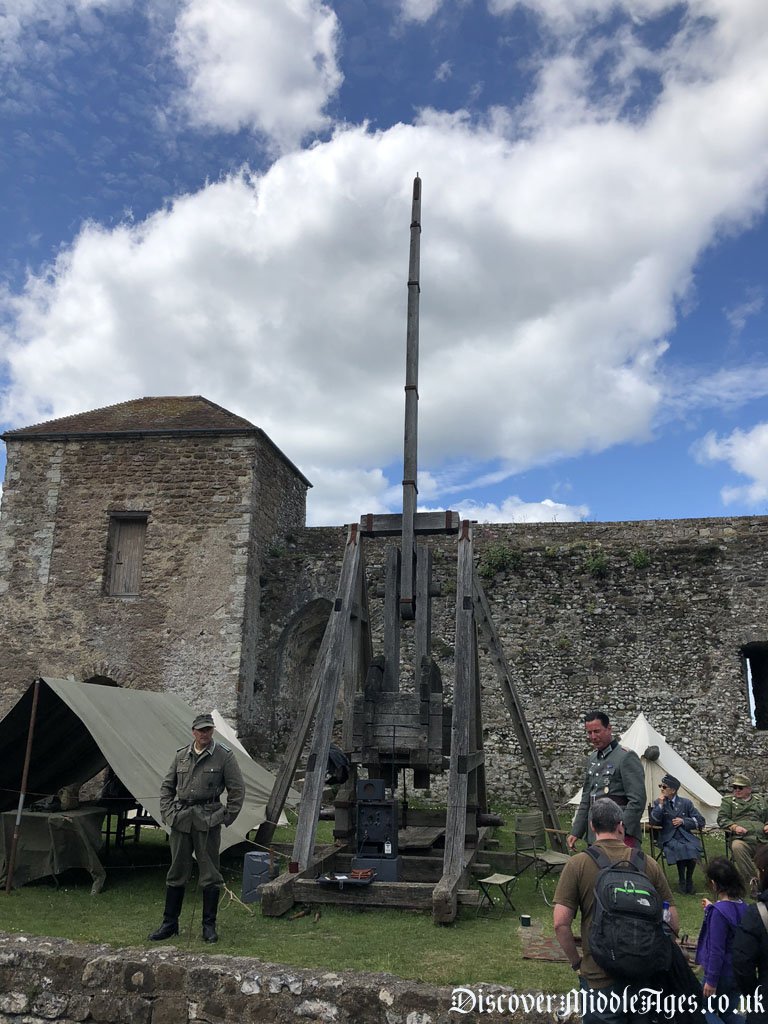
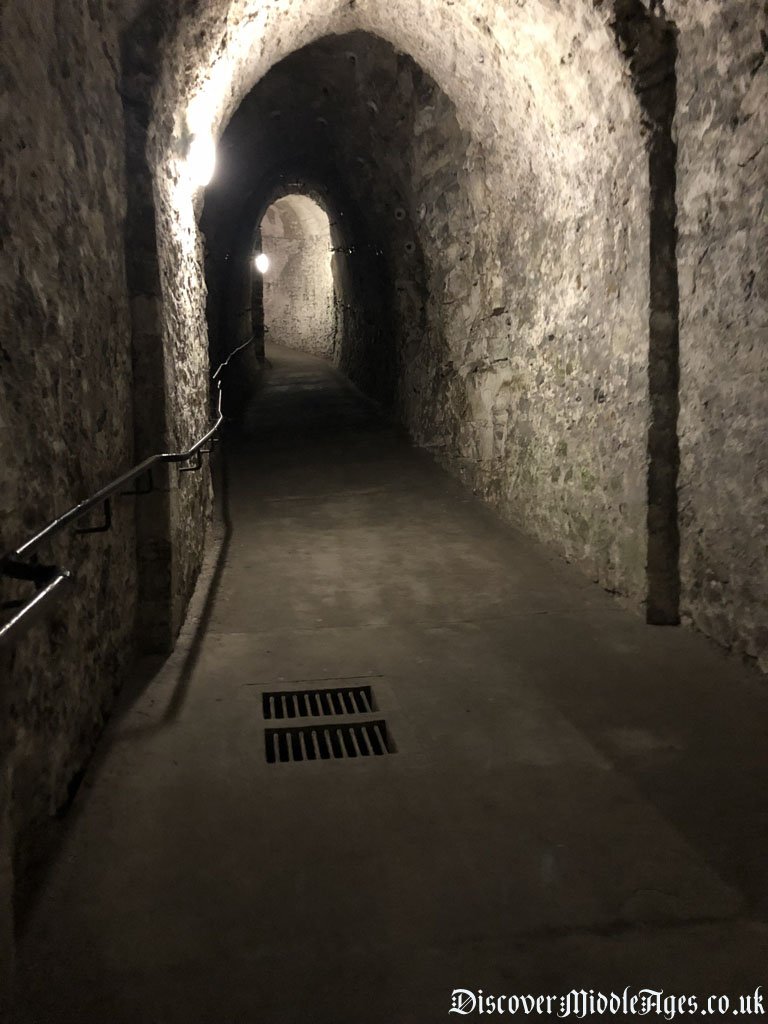
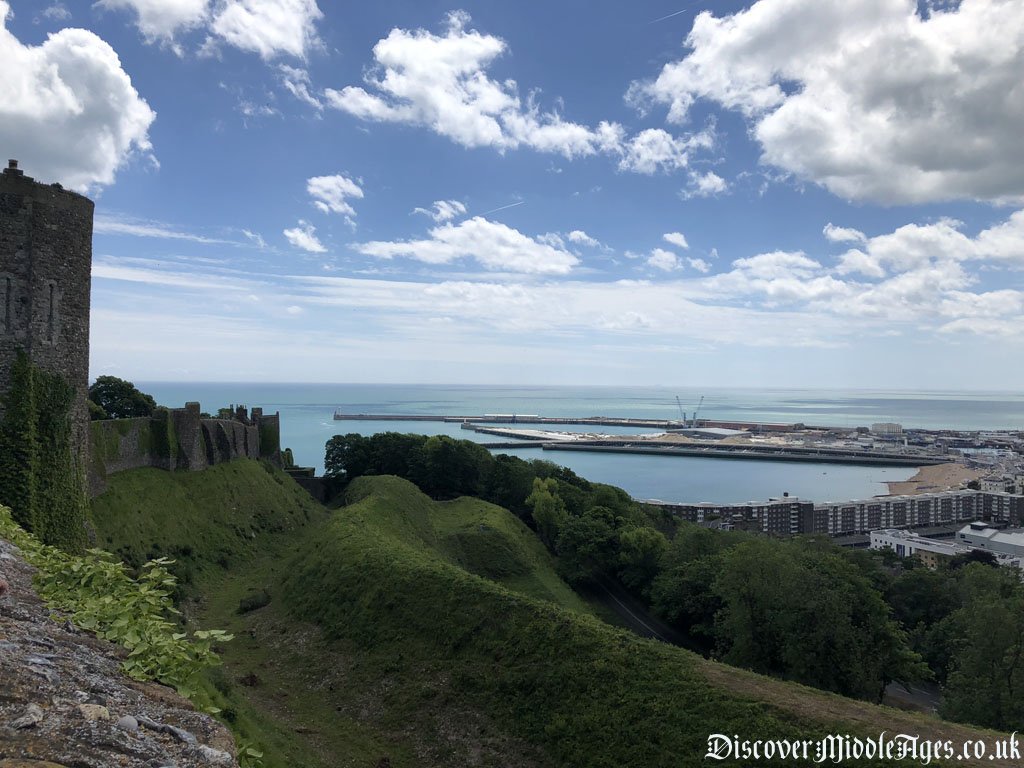
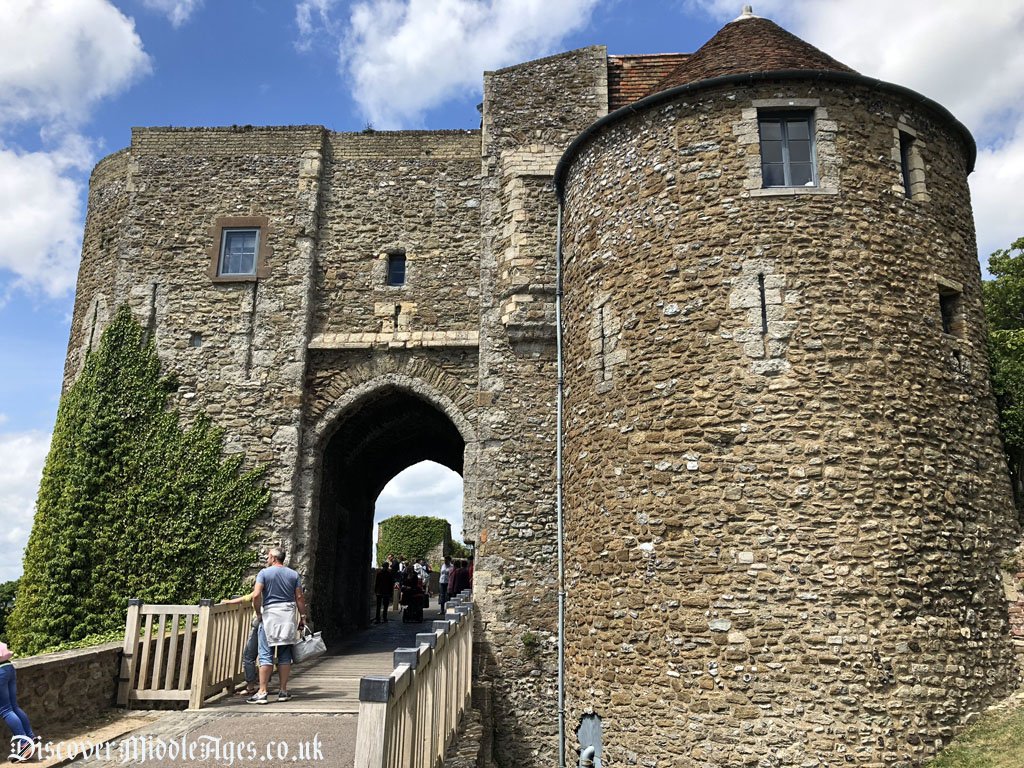
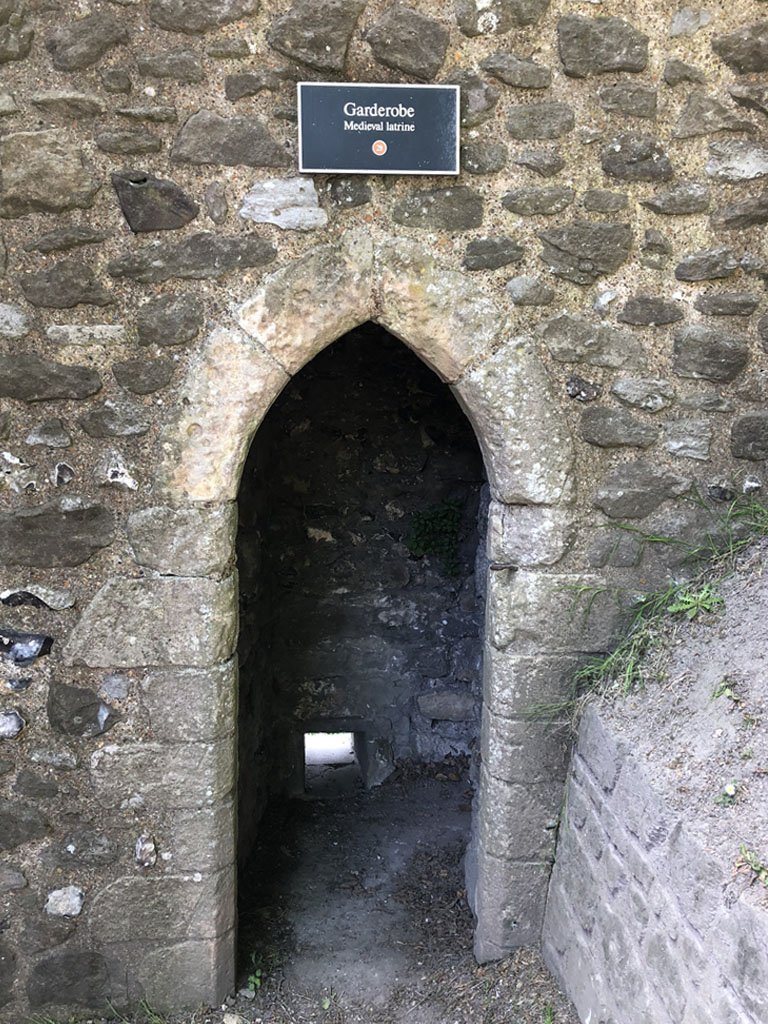
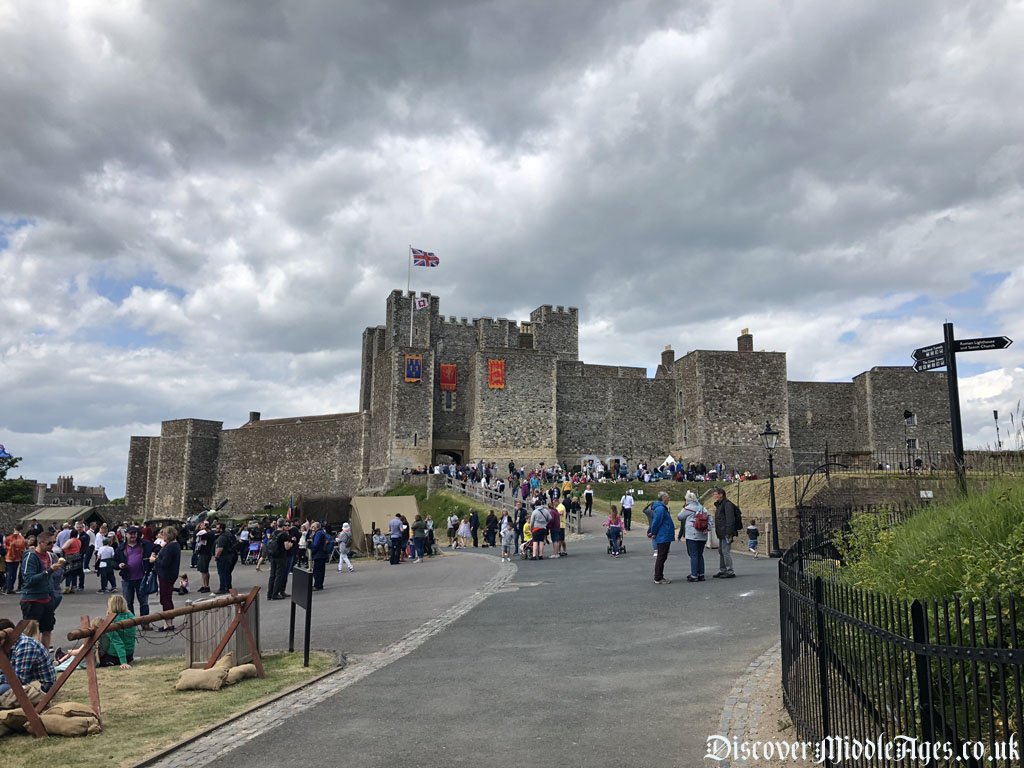
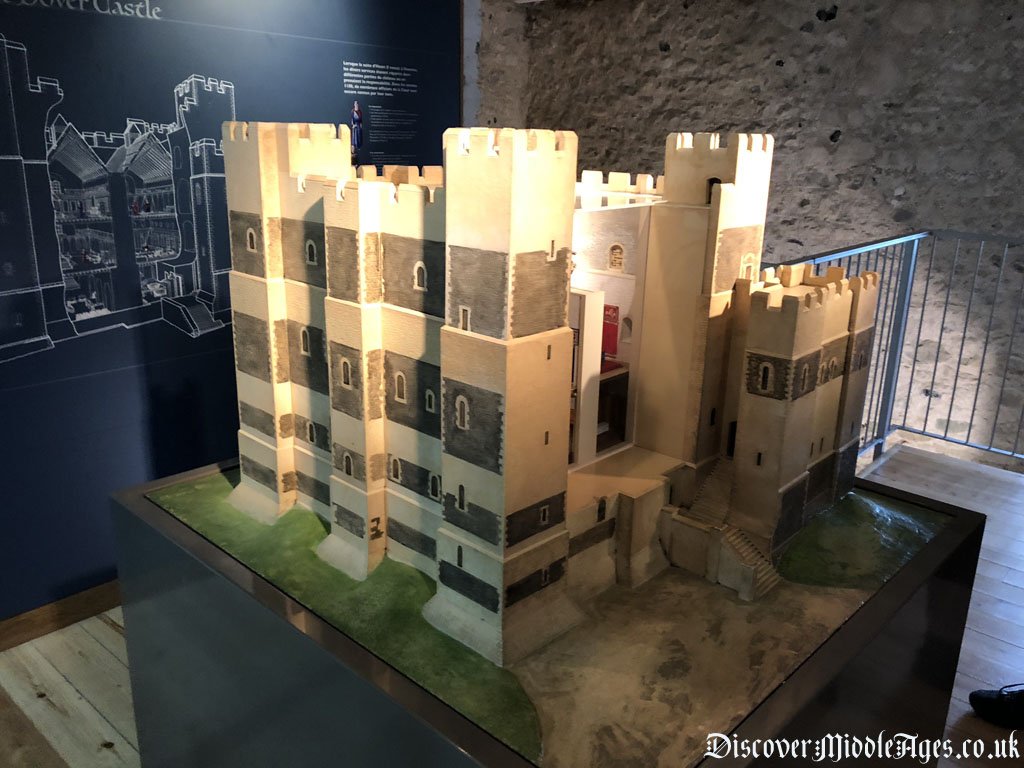
Dover Castle’s Medieval History
During the Norman Conquest, William the Conqueror ordered the construction of a wooden motte and bailey castle on the site, replacing an old Anglo-Saxon fortified church and settlement. This was later replaced by a stone structure. Under the rule of King Henry II, the castle was extensively renovated and expanded, becoming one of the most powerful fortifications in England.
Dover Castle has always been seen as the Key to England because of its prominent, defensive position and significance. It is also the largest of all the English castles. It's great keep is one of the last ever rectangular keeps to be built, and the man responsible for building it was Maurice the Engineer, who built Castle Garth amongst others. Dover Castle was a symbol of power and an opposing monument to any foreign visitors, but it was also a palace designed for royal ceremonies, housing Henry II's court.
The Middle Ages were a time of great political and military upheaval in England, and Dover Castle was at the centre of much of this activity. Throughout the 11th and 12th centuries, the castle was a focal point for military campaigns, with England's rulers using it as a base from which to launch attacks on their enemies.
One of the most notable events in the castle's history was the siege of 1216, when King John was forced to flee to the castle to escape the advancing army of Prince Louis VIII of France, during the First Baron's War of 1215-1217. Despite the castle's impressive defences, Prince Louis was able to lay siege to the fortress, and it was only through the intervention of the English navy that King John was able to hold out until reinforcements arrived.
The castle was never taken, but during the siege, Henry's men dug tunnels underneath and out of the castle towards the rebels and the French. There they successfully attacked the rebel army, in the only counter-attack tunnel in the world. These tunnels were later re-used during the second world war as converted air raid shelters and later as a military command centre.
The castle was also used as a prison for important political figures during this time, including William the Conqueror's half-brother, Odo, who was imprisoned there in the 11th century. The castle was also used as a royal palace, with King Henry II and his wife, Queen Eleanor of Aquitaine, using it as a residence during their reign.
The location of Dover Castle made it possible for visiting nobles to travel on a short pilgrimage to the new shrine of St. Thomas Becket, in Canterbury Cathedral. A place where Thomas was brutally murdered before the altar by Henry's knights in 1170. He was once a close friend of the king, however things turned ugly and Thomas paid the price with his life. Henry, who perhaps was feeling rather guilty about the Archbishop's murder, repaid his penance by walking into Canterbury Cathedral and demanded to be flogged by the monks there.
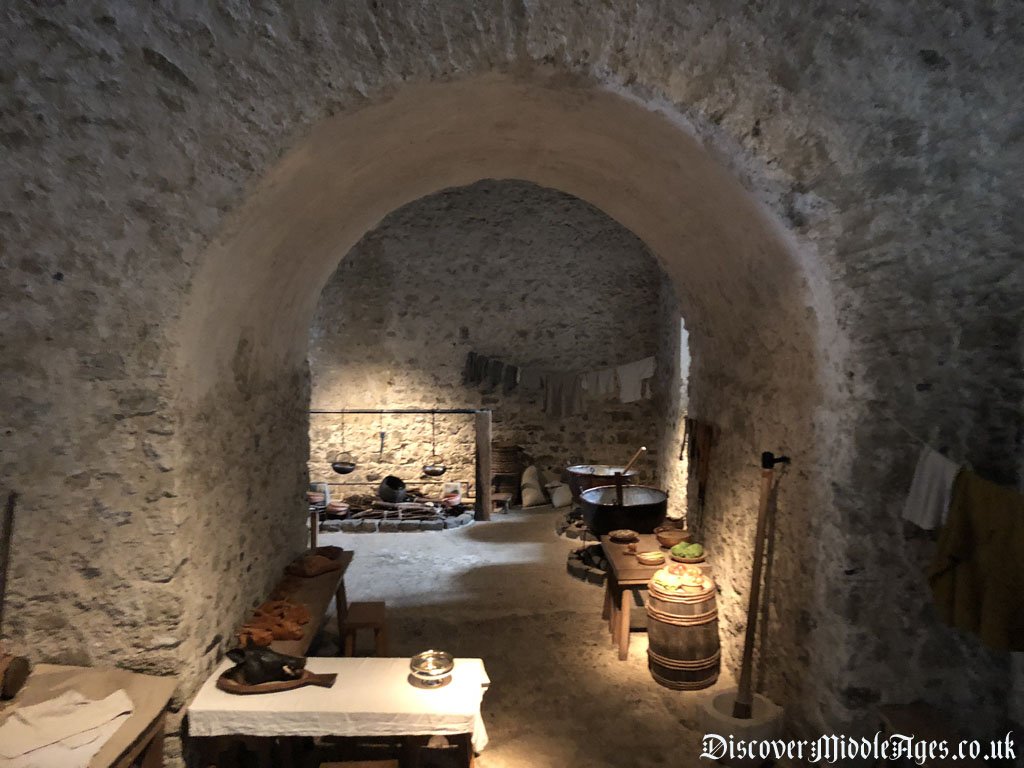
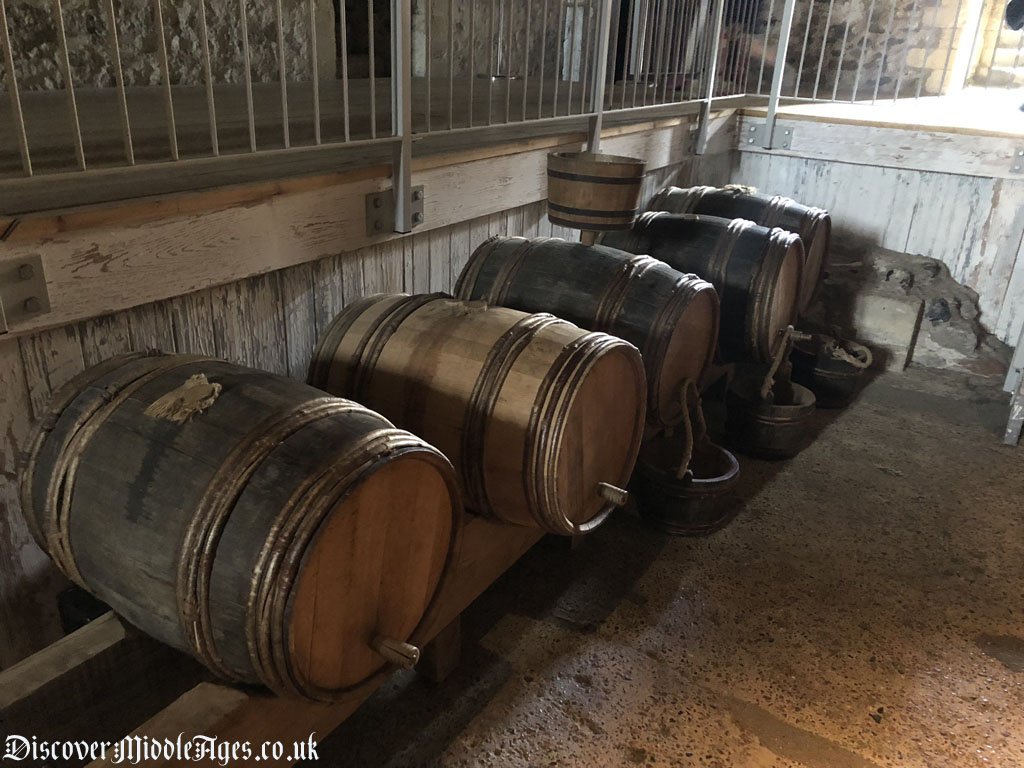
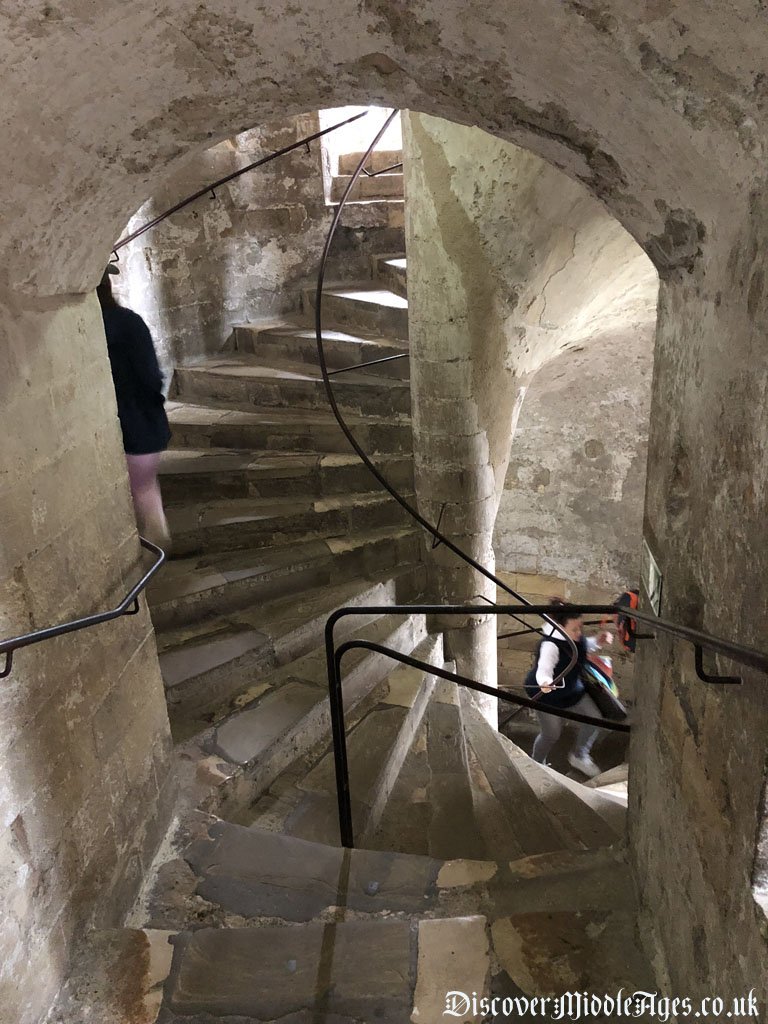
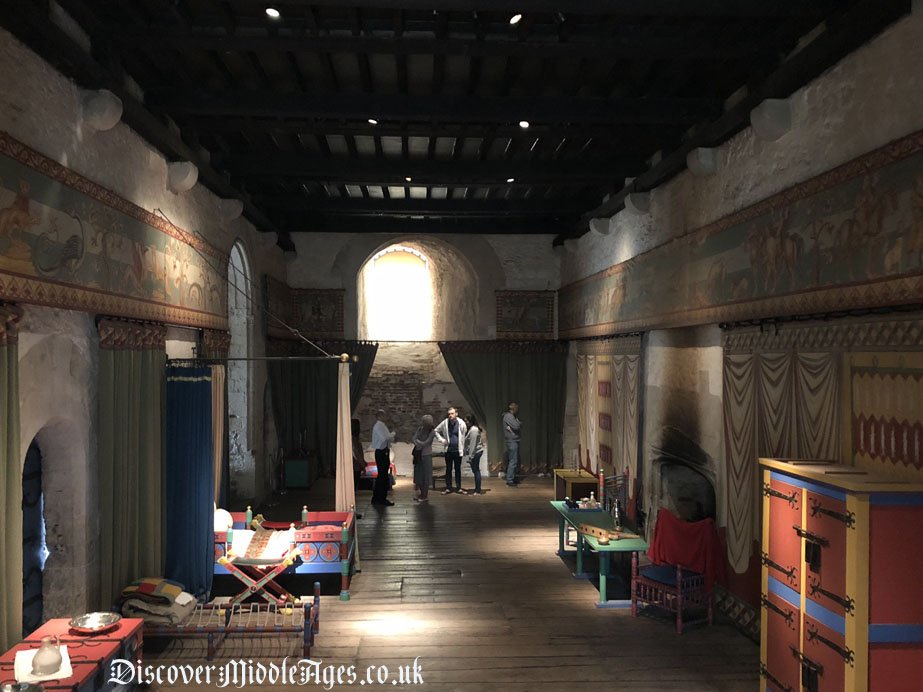
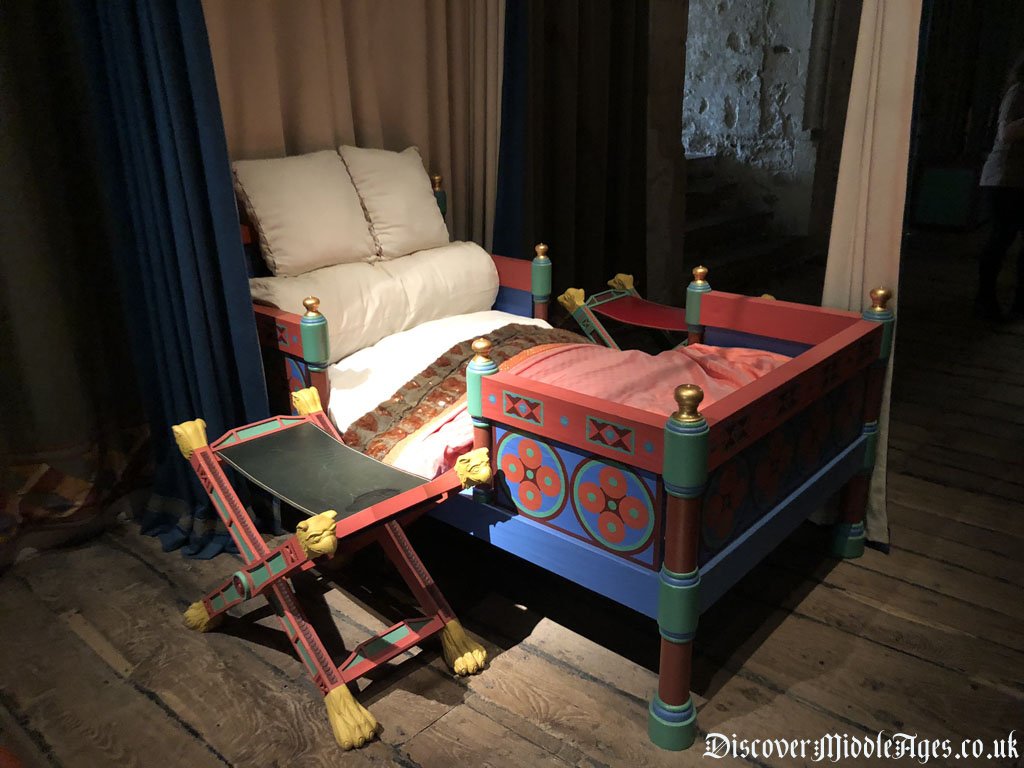
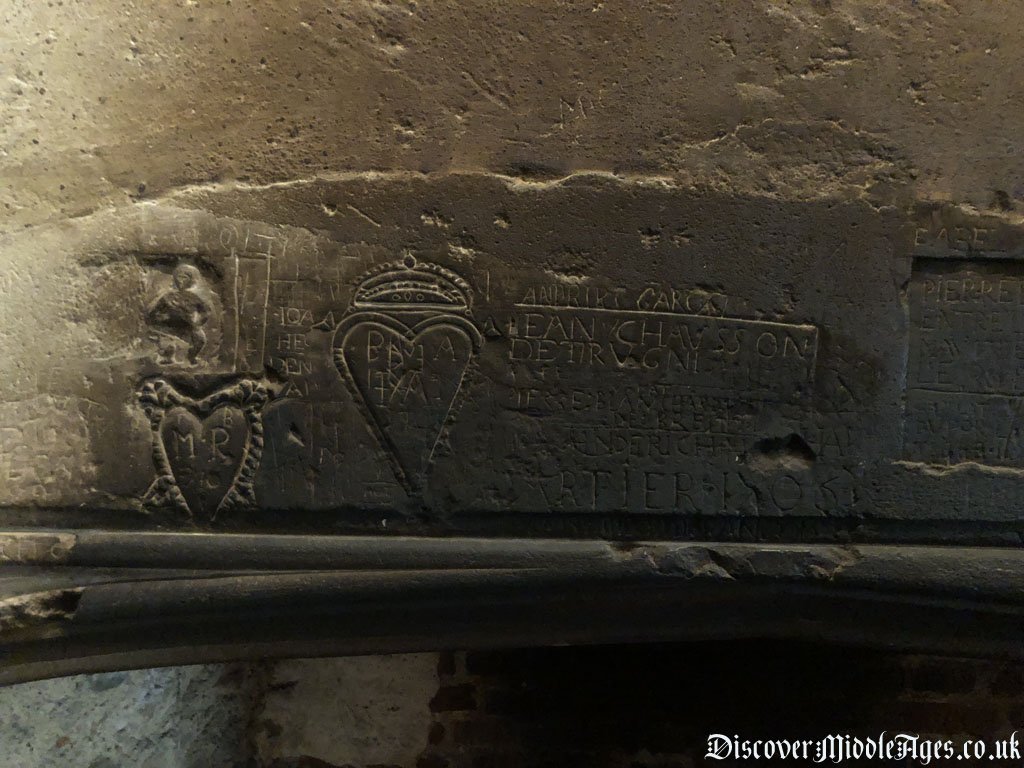

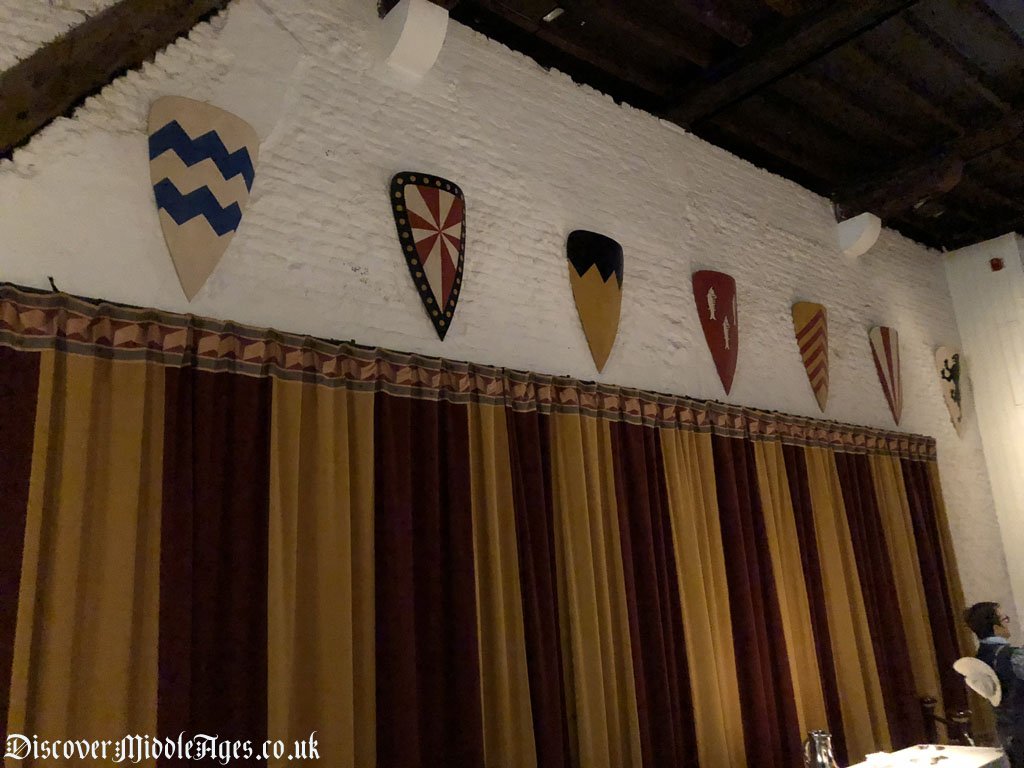
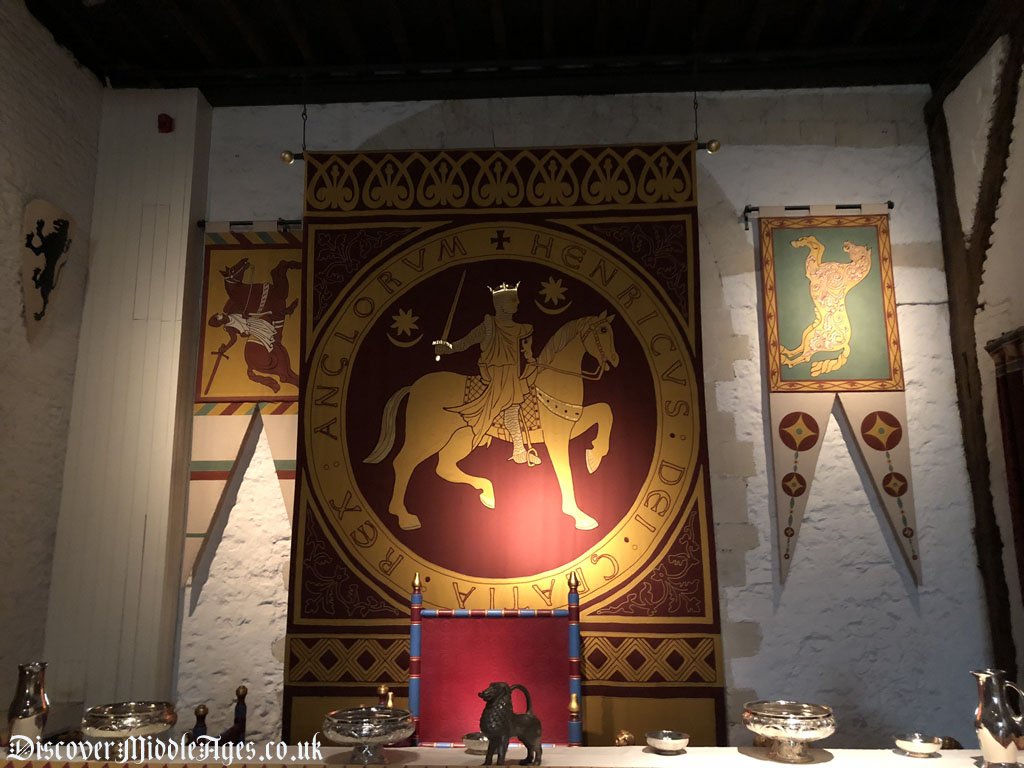
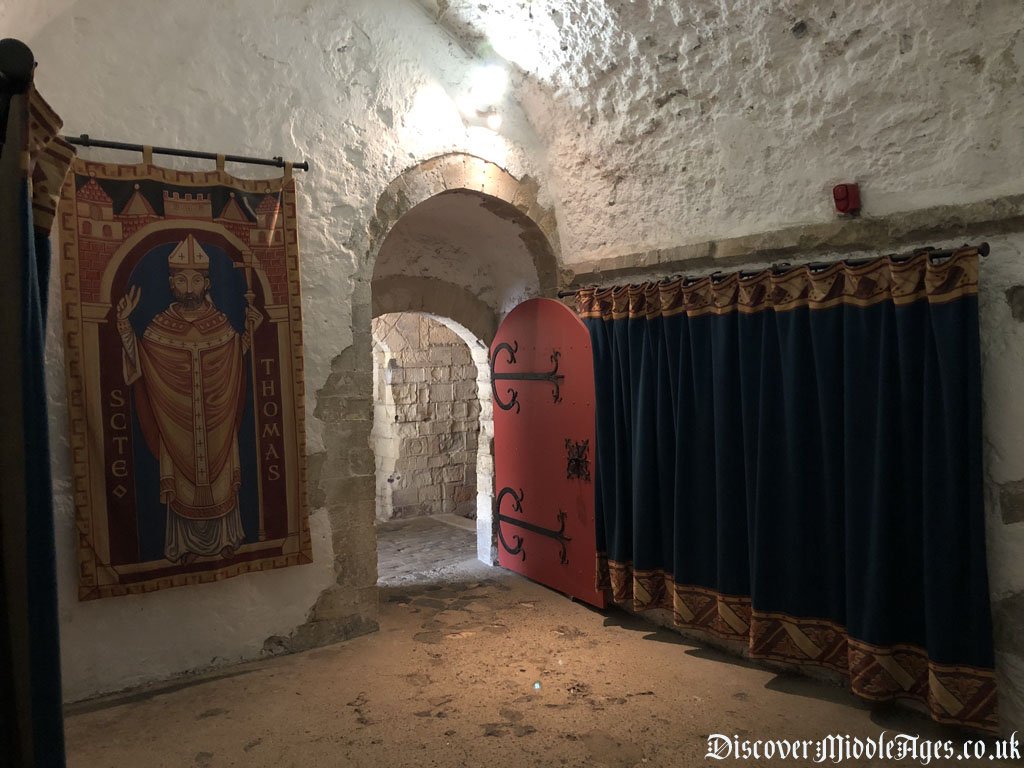
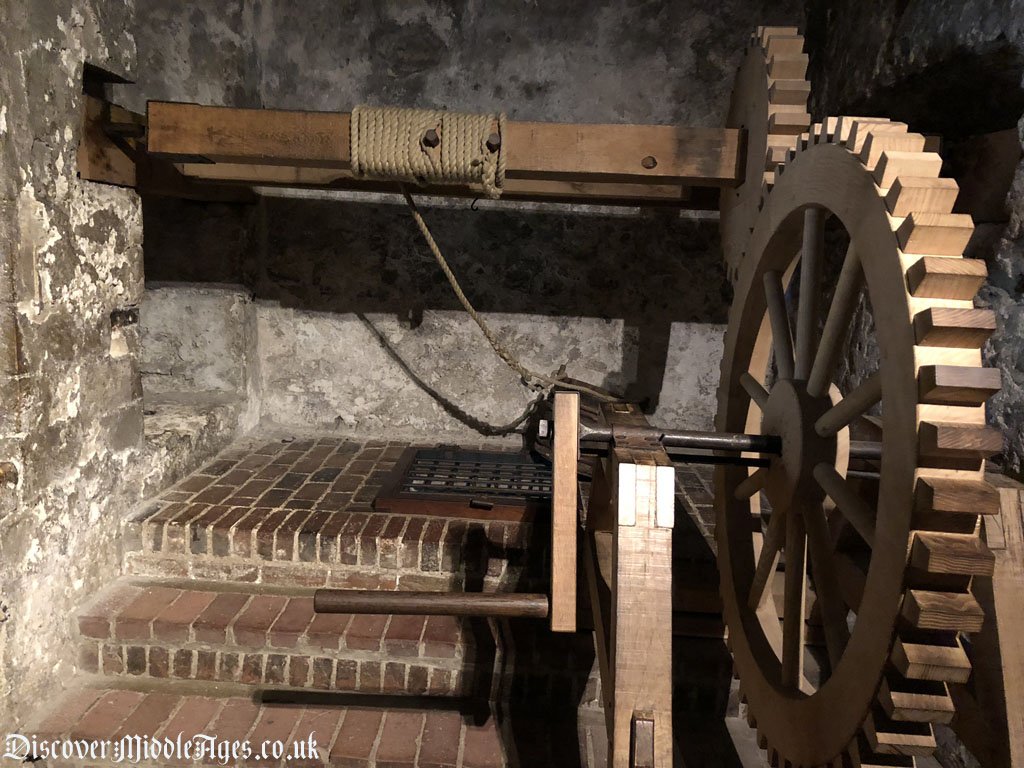
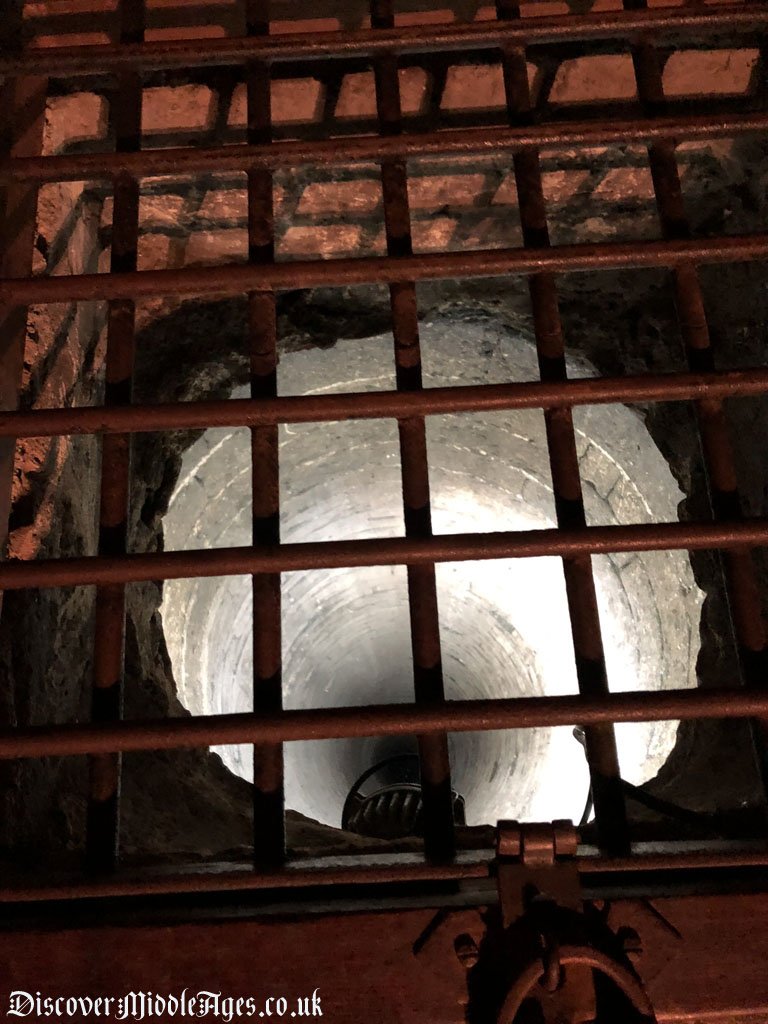
Dover Castle During the Hundred Years' War
The Hundred Years' War was a major turning point in the history of Dover Castle, as it became one of England's most important fortresses during this time. The castle was used as a base for English forces during the war, and its defences were constantly improved to keep pace with the changing tactics of the enemy.
One of the most significant events in the castle's history during the Hundred Years' War was the siege of 1380, when a French force attempted to take control of the fortress. Despite the castle's strong defences, the French were eventually able to breach the walls and take control of the castle, holding it for several months before being driven out by the English.
This siege marked the beginning of a new phase in the castle's history, as the English began to focus on improving its defences in order to prevent future sieges. The castle was fortified with new walls and towers, and a series of underground tunnels were built to connect the castle with the nearby town of Dover.
Dover Castle in the Tudor and Stuart Eras
The Tudor and Stuart eras were a time of relative peace and stability in England, and the castle's role as a military stronghold diminished. However, the castle remained an important symbol of England's power, and was used as a residence by several of the country's rulers, including Queen Elizabeth I.
During this time, the castle also became a center of trade and commerce, as it was used as a port for trade with continental Europe. The castle was also used as a storage facility for valuable goods, and its underground tunnels were used to smuggle contraband into England.
Dover Castle During World War II
The most recent chapter in the castle's history began with the outbreak of World War II, when the castle was once again pressed into service as a military stronghold. The castle was used as a command center for the defense of the English Channel, and its underground tunnels were used as a refuge for soldiers and civilians during air raids.
The castle played a key role in the Battle of Britain, as its powerful radar system was used to track enemy aircraft, and its underground tunnels were used as a shelter for soldiers and civilians during air raids. After the war, the castle was used as a military base for several years, before being converted into a museum and tourist attraction.
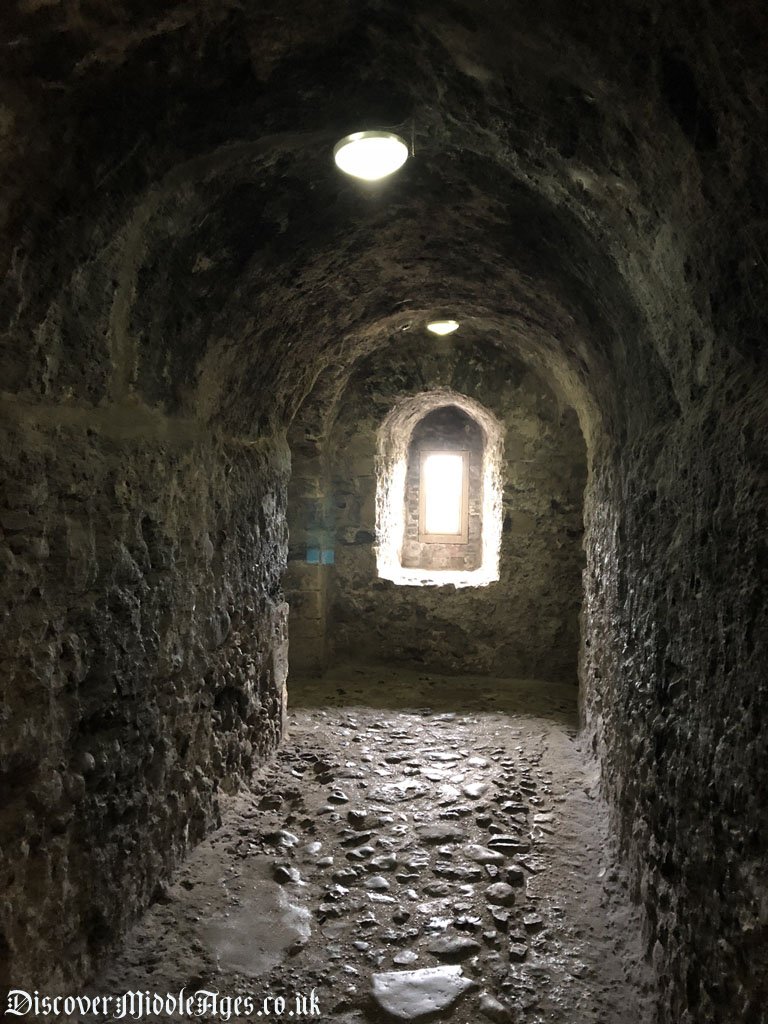


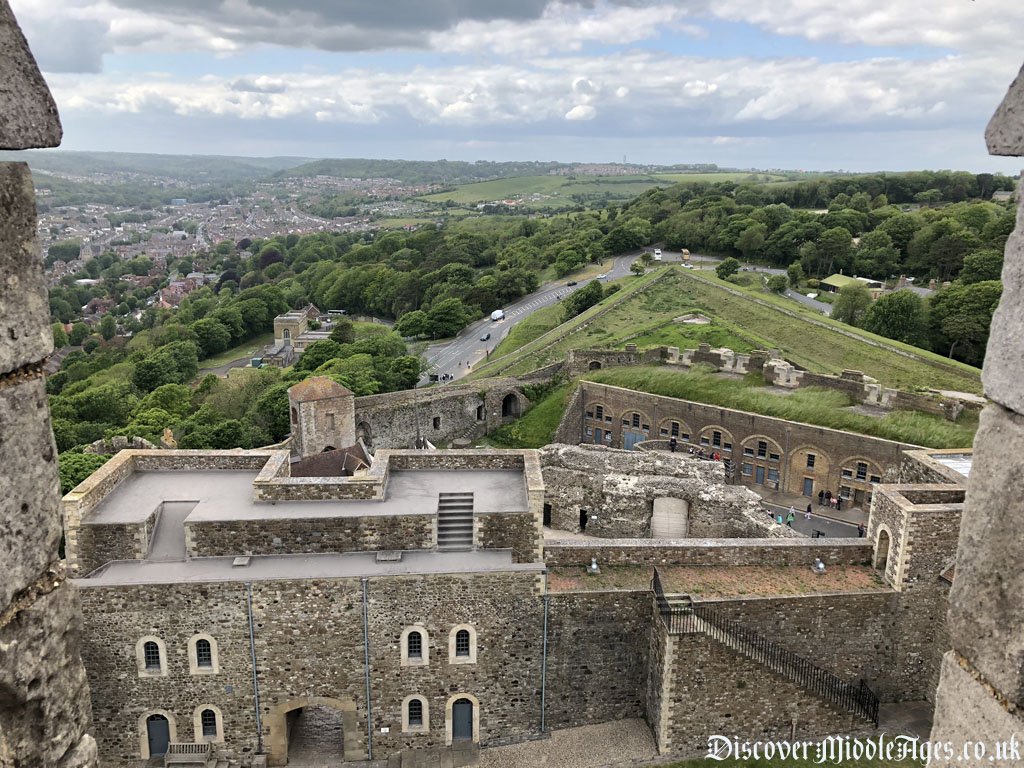
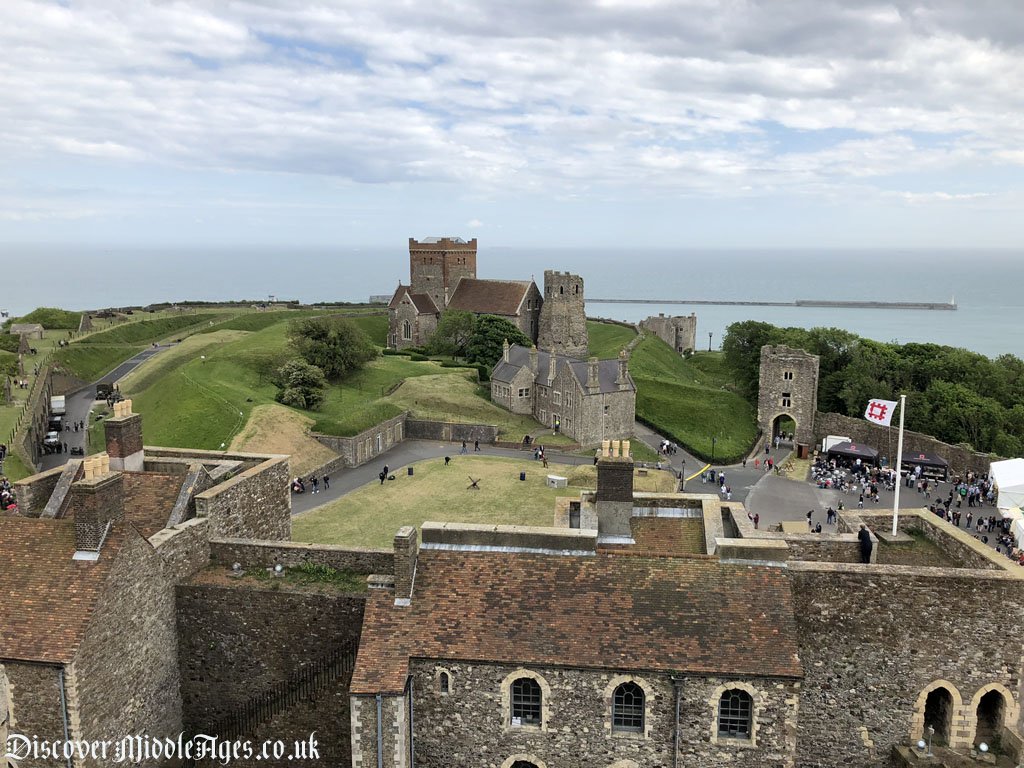
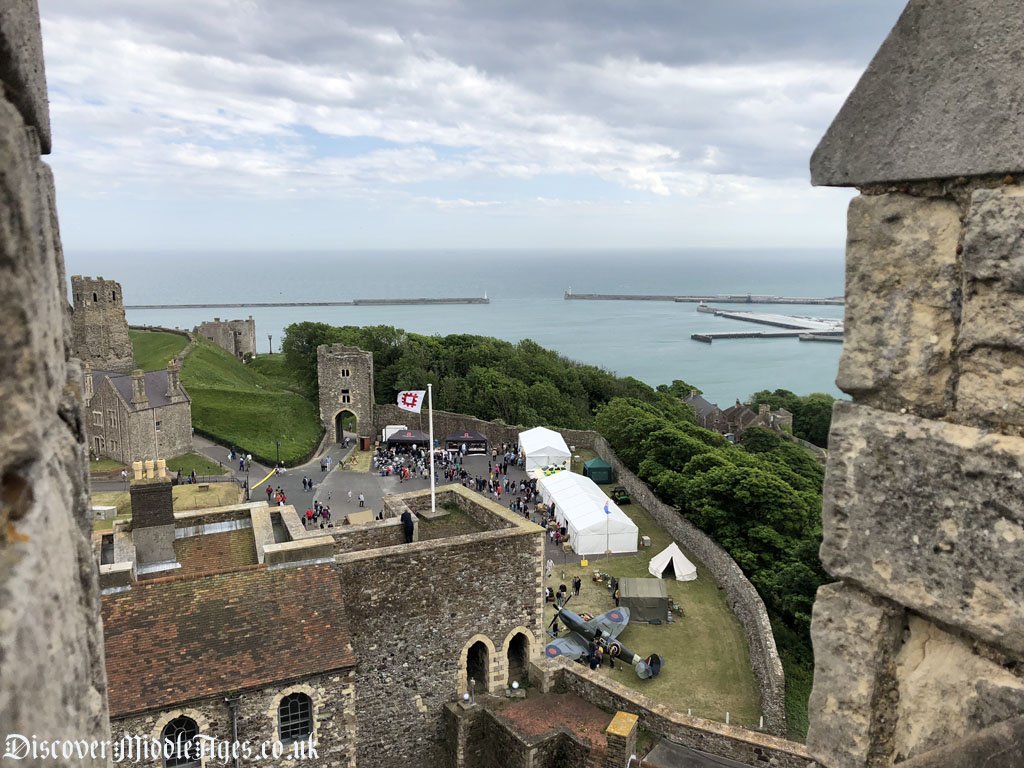
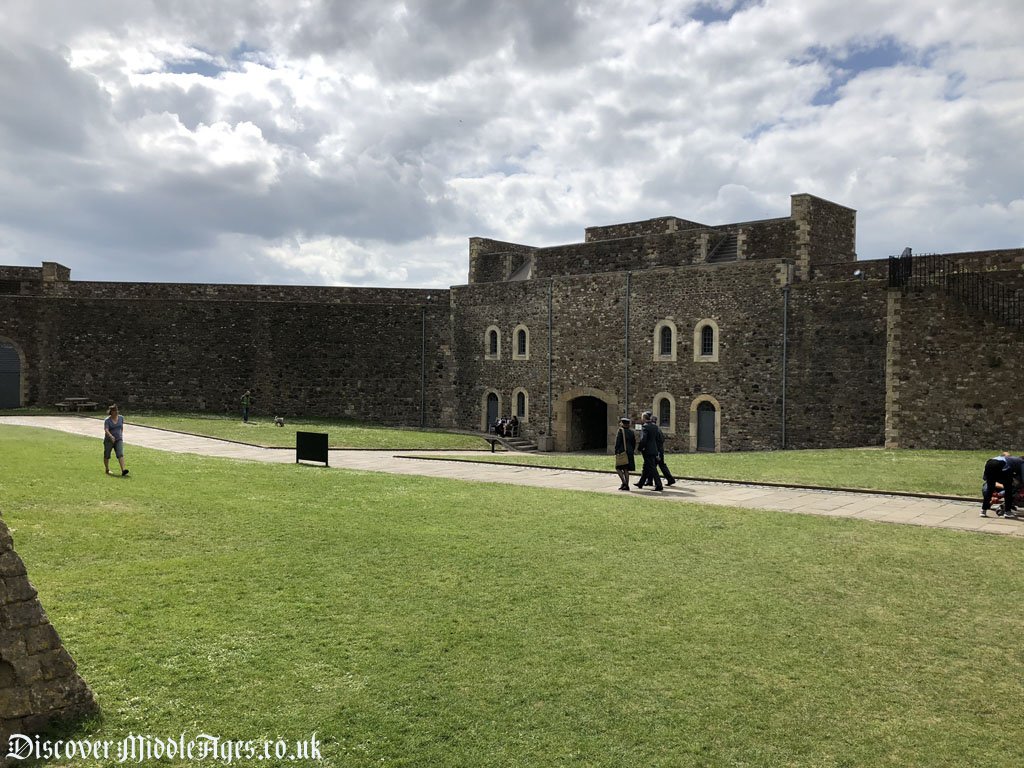
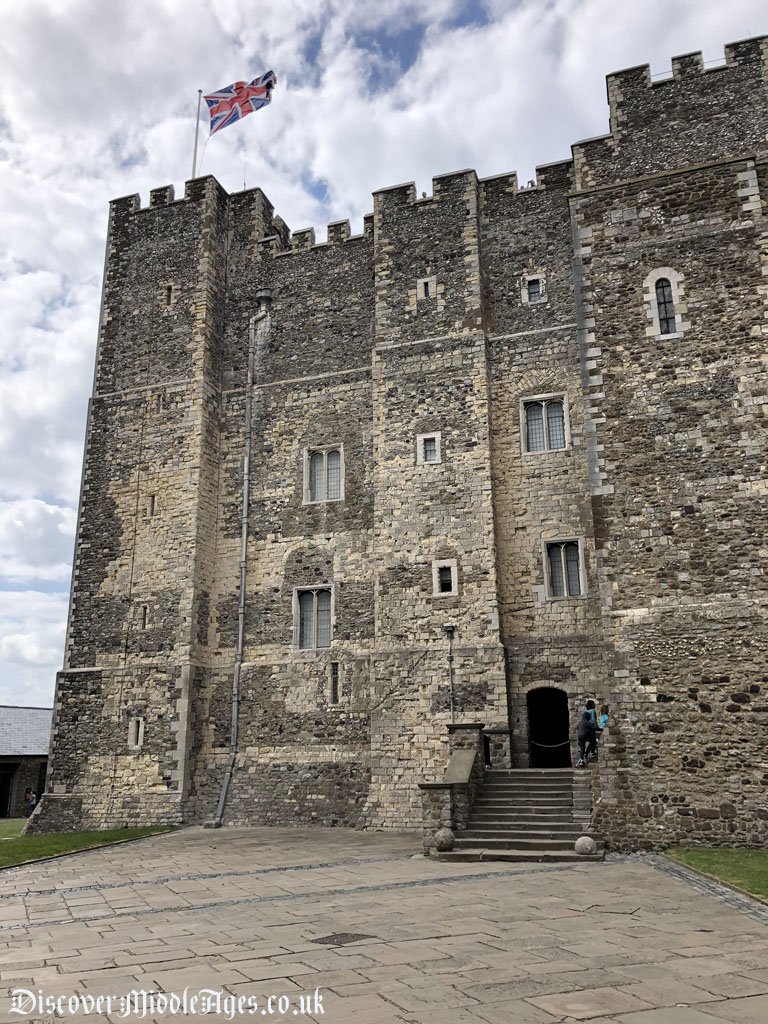
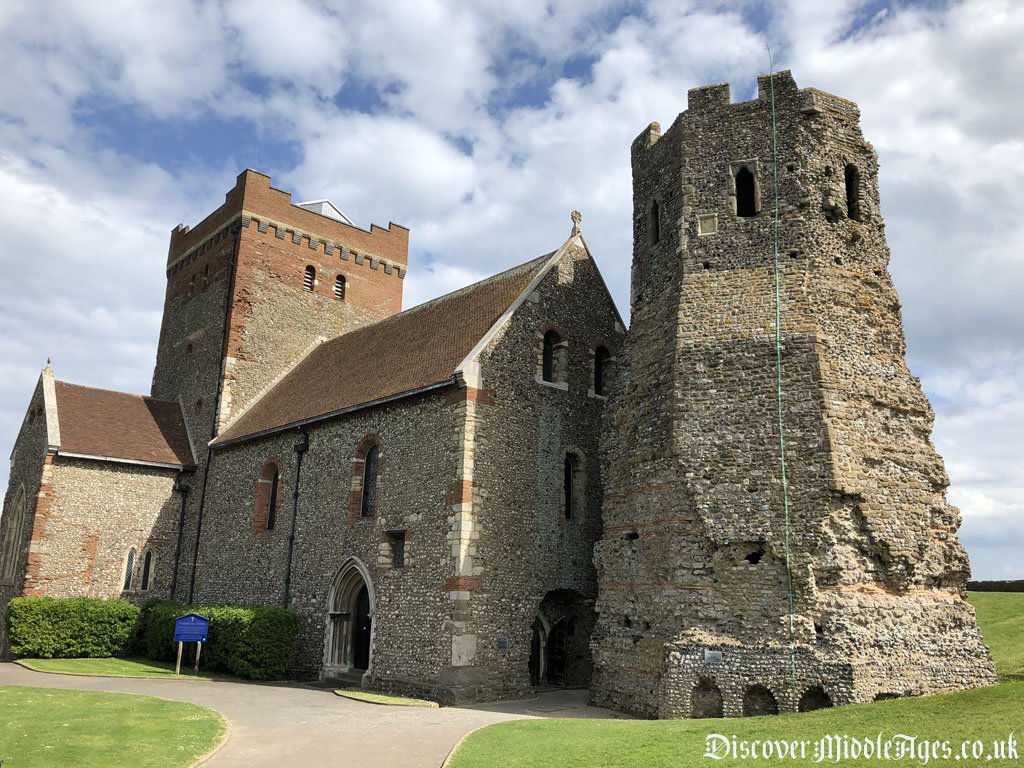
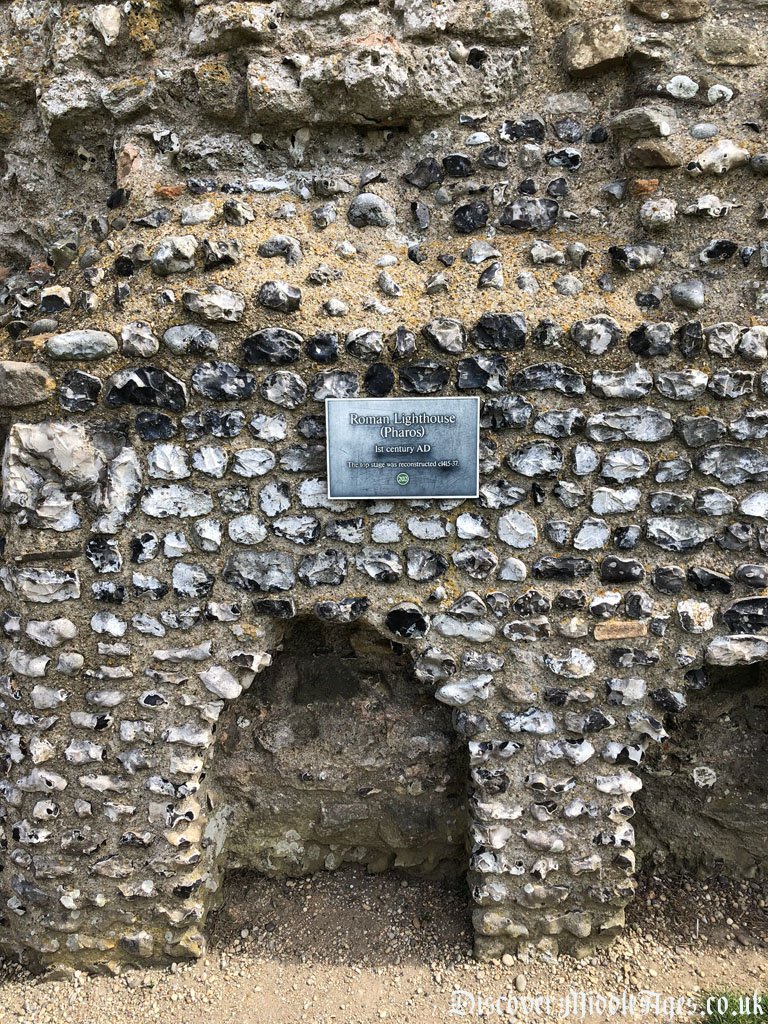
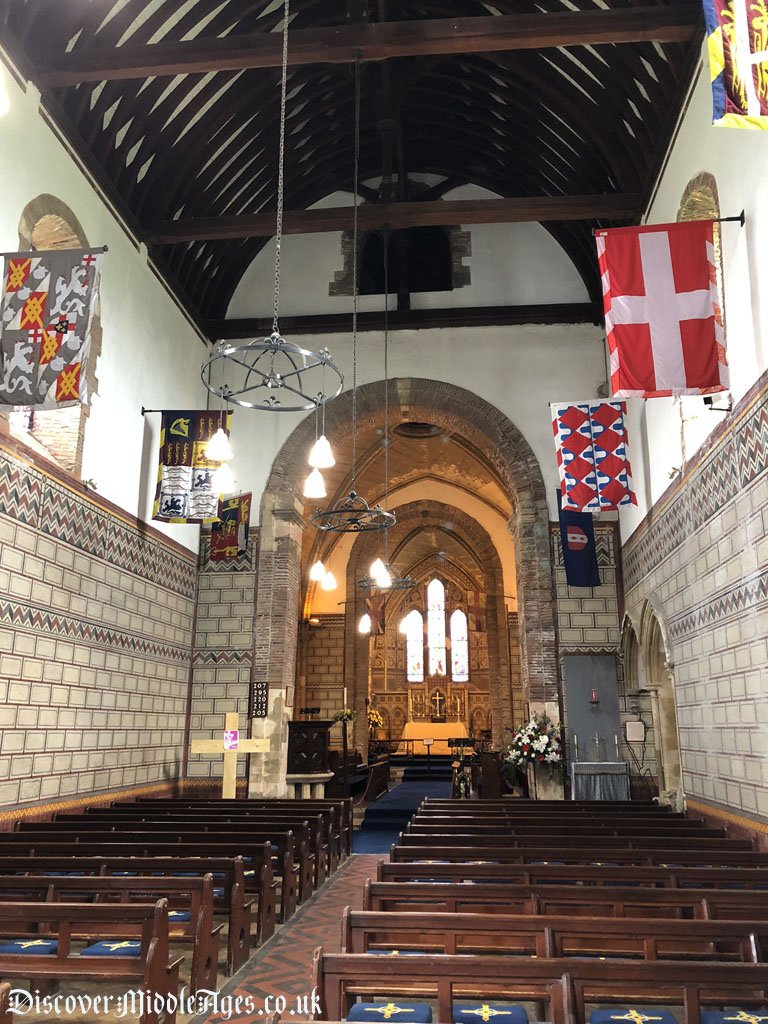
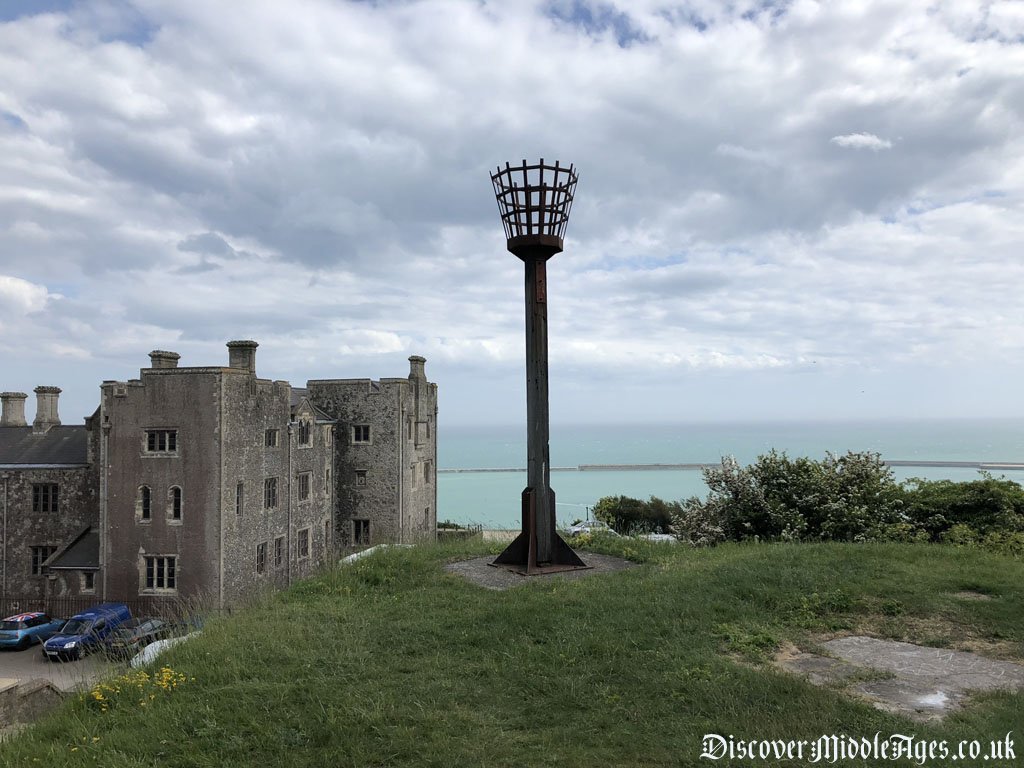
Dover Castle Today
Today, Dover Castle is a historical building and monument of national importance, and a wonderful tourist attraction managed by English Heritage! A fantastic, unmissable day out for all.
Ghosts, Legends, and Secrets of Dover Castle
Throughout its long history, Dover Castle has been the site of many mysterious and ghostly events. It is said that the ghost of King Henry II still haunts the castle, as well as the ghosts of prisoners who were held in the castle's dungeons. Visitors have reported strange noises, ghostly apparitions, and unexplained events, making the castle a popular destination for ghost hunters and paranormal enthusiasts.
Dover Castle FAQs
When was Dover Castle built? The first structures at Dover Castle were built during the Roman era, around the 2nd century AD. However, the castle as it is known today was built during the Middle Ages, with most of the current structure dating from the 11th to the 15th centuries.
Who built Dover Castle? Over the centuries, Dover Castle has been built and rebuilt by many different rulers, including the Romans, the Normans, and the English. Each new owner added their own architectural and strategic improvements to the castle. Maurice the Engineer built the great tower.
What was the role of Dover Castle in the Middle Ages? During the Middle Ages, Dover Castle was a key military stronghold, guarding the entrance to the English Channel and playing a central role in the country's political and military landscape. The castle was used as a base for military campaigns, a prison for political figures, and a royal palace.
Why is Dover Castle important in English history? Dover Castle is important in English history because of its strategic location, long history, and role in some of the country's most significant events. The castle was a key military stronghold during the Middle Ages, playing a central role in England's political and military landscape. It was also used as a refuge during World War II, and its radar system played a key role in the defence of the English Channel.
Visiting Dover Castle
Dover Castle is run and managed by English Heritage. For details on opening times, facilities and refreshments please visit: https://www.english-heritage.org.uk/visit/places/dover-castle/
Address: Dover Castle, Castle Hill, Dover, Kent, CT16 1HU
